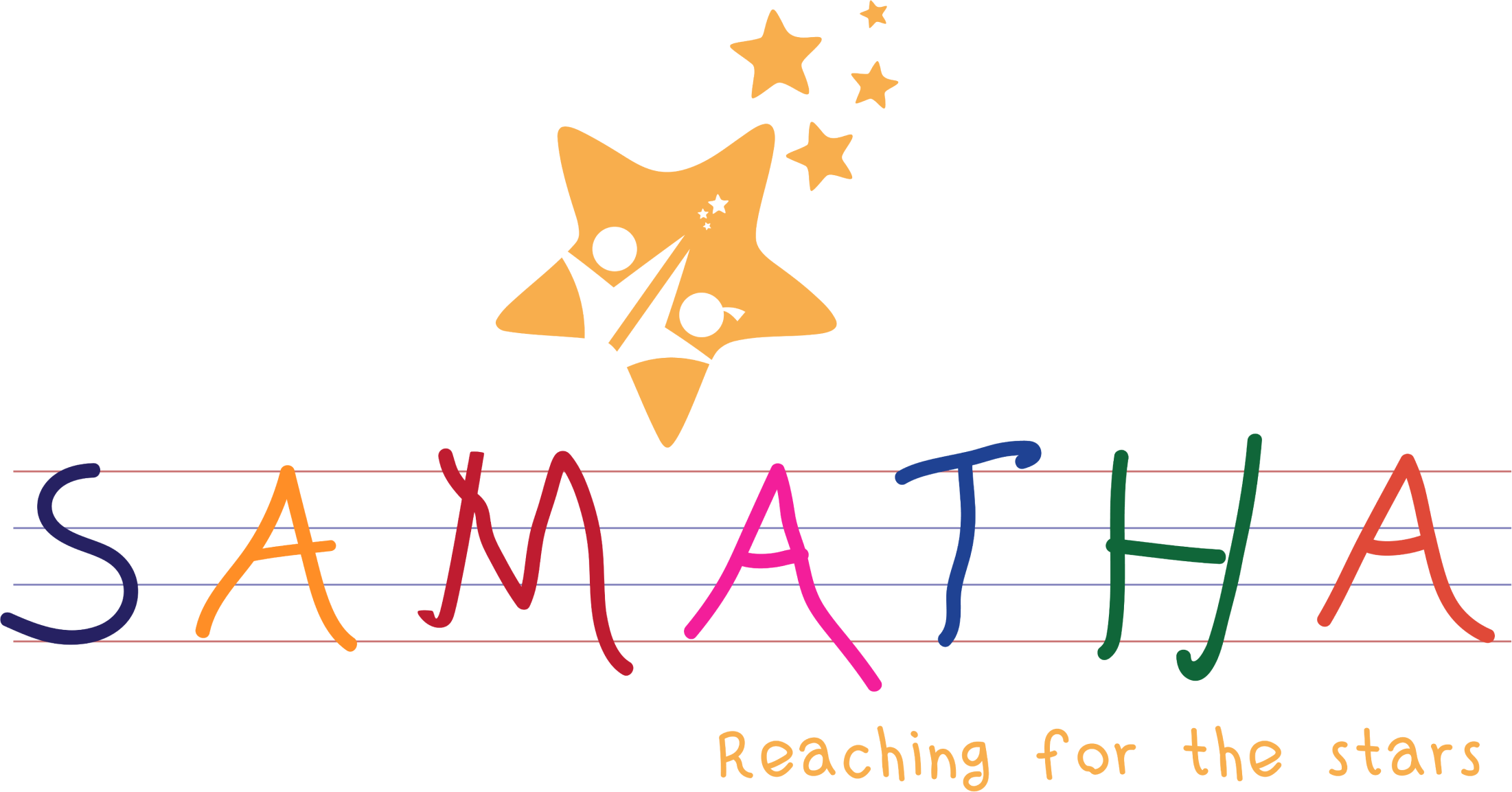Chandrika Iyer: PARENT COACH and CHILD/ADOLESCENT COUNSELOR
According to recent studies, Gen Z (13 to 19 year olds) is the most stressed caused by social media. Primarily bullying and social isolation
- Parents are also under a lot of strain caused by the effects of the above on their children and may themselves experience emotions such as guilt, anger, anxiety and low frustration tolerance.
- Communication and setting negotiable rules and a consistent structure are some of the ways to deal with such issues.
- It’s very important that the child’s voice be heard while setting rules about technology use_ mainly gaming apps, social media_ so that they will comply more easily.
- Parents must also be aware of their own use of technology and limit use judiciously.
Anita Eipe Abraham: Managing Trustee at Samatha Learning Center and a Special Educator
eipeanita@gmail.com/ 9844155434/ www.samathalearning.com
Technology is mind boggling. Today you can get your floor cleaned using a gadget while you sit and watch the magic. Thanks to the big research team in Microsoft, much technology is being developed to assist those with limiting abilities. A recent one was a pair of glasses developed by a visually deficit person. His glasses could tell him who and what was around him, could read out a menu card to him to choose from, could describe the facial expression or tell him the actions of the person in front of him. That is just one example of the many advancements that was being made available in technology.
With this focus on developing technology for those with special needs, come the improved job opportunities for them as they are better able to use their skills and find assistance for their limitations. Technology also improves chances of those with special needs to access education. In schools technology helps the student’s access information through multiple mediums including internet, audio books and other such options. It also gives students a variety of options to use to exhibit or showcase their learning. Diverse assessment possibilities can be used by education institutions to be truly inclusive in their approach.
But with the advantages come many disadvantages when technology is used indiscriminately or as a substitute for practice. Any skill taught needs practice to perfect it. Children with special needs require more opportunities for practice and when they use mobiles and tabs to stay engaged they lose precious practice time. Over use of screen time also leads to poor development of depth perception. The screen is so highly engaging that then a book or a board game become boring. Behaviour concerns crop up when the mobile is withdrawn. All these are situations that could have been avoided if technology was not used to pass time.
How to choose the right technology? How to decide what and for how long it would be ideal for your child to access technology? We say behaviour is communication. We would need to understand behaviour to comprehend the communication. We look forward to talking about Behaviour in our follow up session.
Harmeet Kaur Bajaj- CEO Fermata Career Guidance & Training
www.fermata.co .in
As a career counselor, I focused on how we can use technology to build a child’s profile for college admission which should ideally start from grade 9. And the homework with the parents should ideally start when the child is 11-12 years old. The emphasis was also on, that technology is here to stay and how can we use it to our kid’s advantage as well limit the distractions that are bound to happen. I also shared a study of a G10 student’s personal project called ‘Distractions of the Mind’. The study revealed that kids in the age bracket of 13-18 years of age are using more than 1 device for fun and work. These kids are also aware of the distractions during study time, hence they have been working on various solutions to get to focus and concentrate for longer hours. Which means that kids can deal with technology and our role is to help them create boundaries.
Harmeet works with school/college students starting grade 9 onwards and with parents starting grade 6 onwards.

